Crabs All Over the World are “Wearing” Our Trash
It is well known that hermit crabs scavenge for shells to use for their own protection. This bit of common knowledge is currently undergoing an intriguing metamorphosis.
Researchers have discovered a disheartening trend while delving into the visuals wildlife enthusiasts share on social media. Hermit crabs across the globe are increasingly adopting plastic waste as their makeshift shelters.
Hermit Crabs Are Using Artificial Shells
Approximately two-thirds of hermit crab species were found utilizing “artificial shells,” predominantly composed of discarded plastic caps.
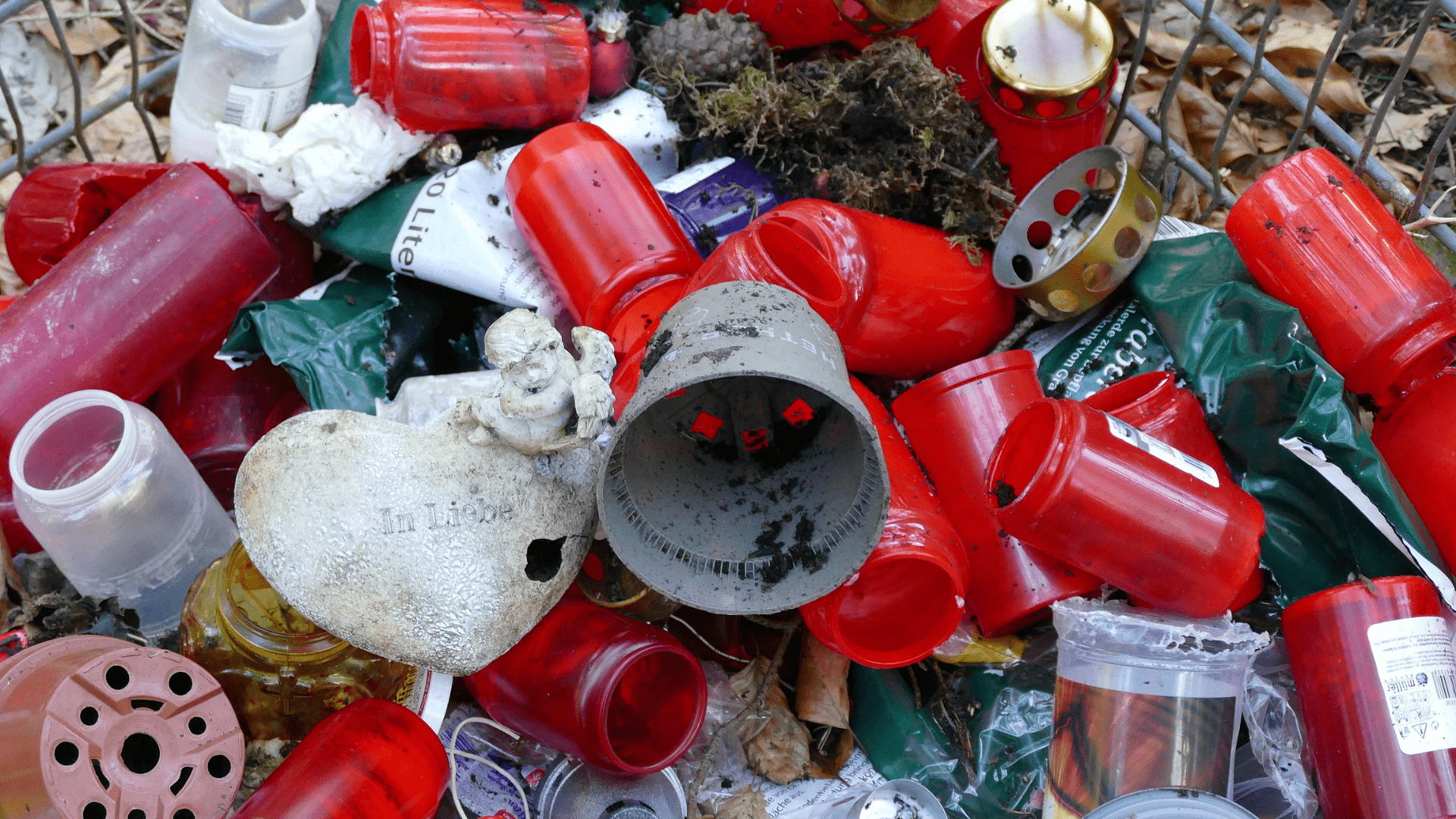
Kritzolina/Wikimedia Commons
This study, published in the journal Science of the Total Environment, serves as a poignant testament to the pervasive intrusion of human-generated waste into the natural world.
Plastic Shells Represent an Ecological Shift
The research, conducted by Marta Szulkin, Zuzanna Jagiello, and Łukasz Dylewski, identifies 386 hermit crabs resorting to plastic shelters, manifesting as a “global phenomenon.”

Treisijs/Wikimedia Commons
What once seemed like a pitiable anomaly—hermit crabs donning a red plastic bottle cap instead of an elegant snail shell—now encapsulates a broader ecological shift, indicative of the unconventional era we live in. Researchers emphasize that animals are adapting to the available resources in a world fundamentally altered by human presence.
What is the Anthropocene?
Some refer to our current era as “the Anthropocene,” a term coined in the 1980s. The Anthropocene essentially proposes a new epoch recognizing human-induced impacts on Earth’s geology and ecosystems.
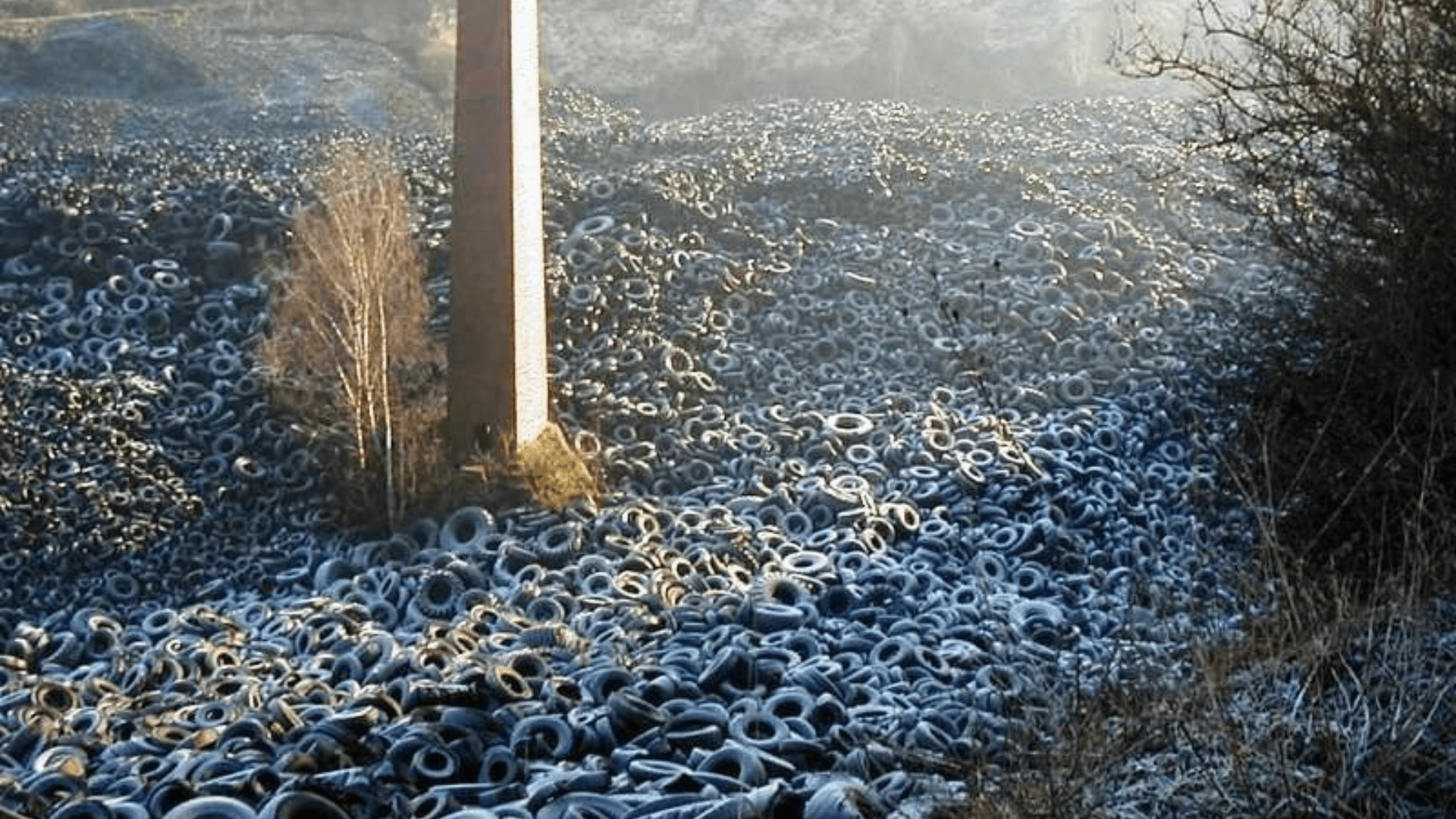
Cugerbrant/Wikimedia Commons
Resulting from industrialization, deforestation, and climate change, this era differs from traditional geological divisions, as it is characterized by human influence. The Anthropocene signifies an era where human actions rival natural forces.
The Impact of Plastic on Hermit Crabs Remains Unclear
This revelation prompts questions concerning the impact of plastic adoption on hermit crabs. It remains unclear whether these materials pose harm or perhaps offer an unintended advantage to these small creatures.
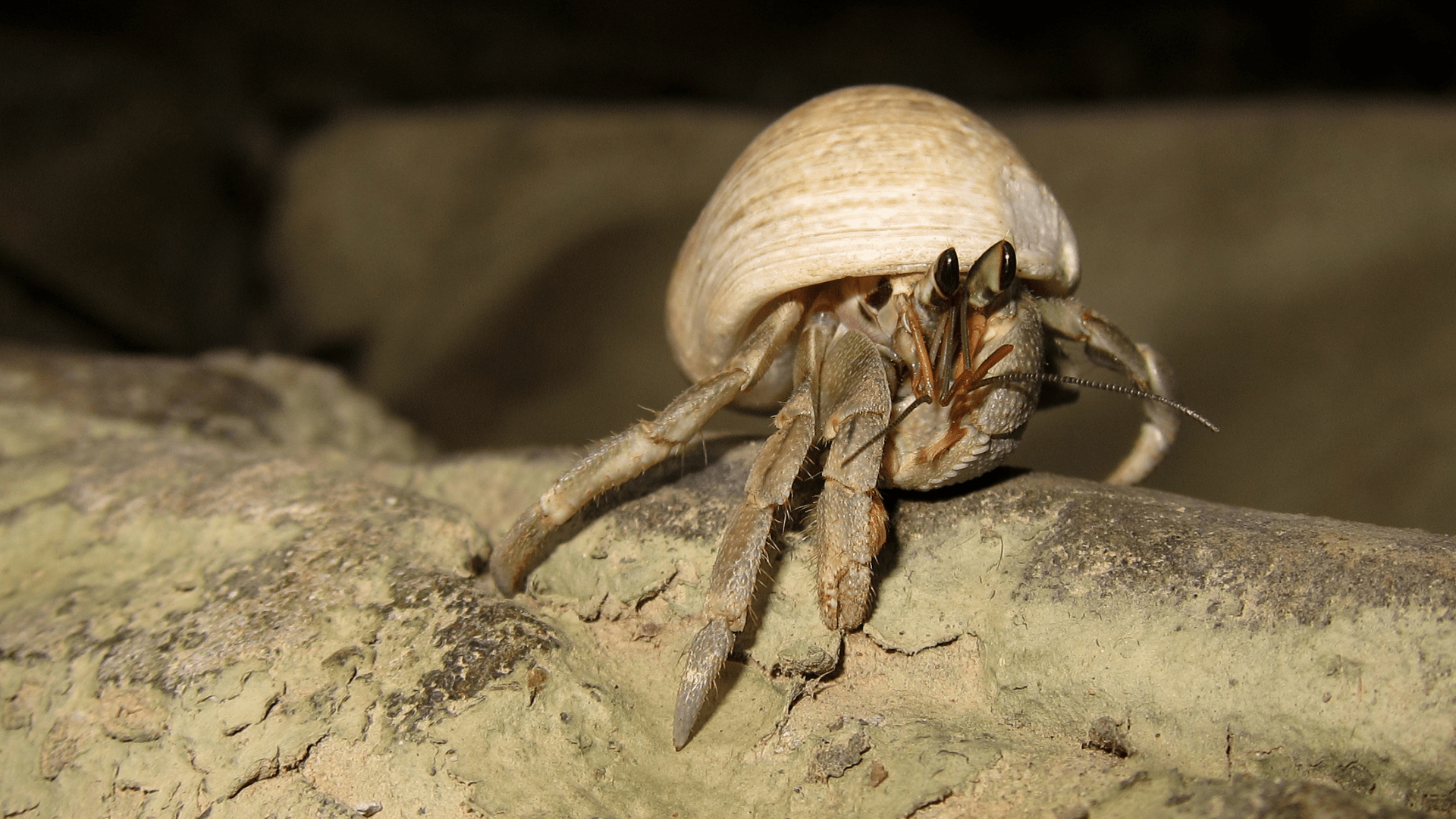
Thomas Quine/Wikimedia Commons
Professor Szulkin underscores the need to recognize the distinct era we live in, where animals are compelled to utilize the resources available to them, even if it involves repurposing our discarded waste.
Interactions Between Hermit Crabs and Plastic
Beyond the immediate observations, the study sparks inquiries into the interactions between hermit crabs and plastic. The researchers are trying to unravel the consequences of this behavioral shift, evaluating its potential influence on the evolutionary trajectory of hermit crabs.
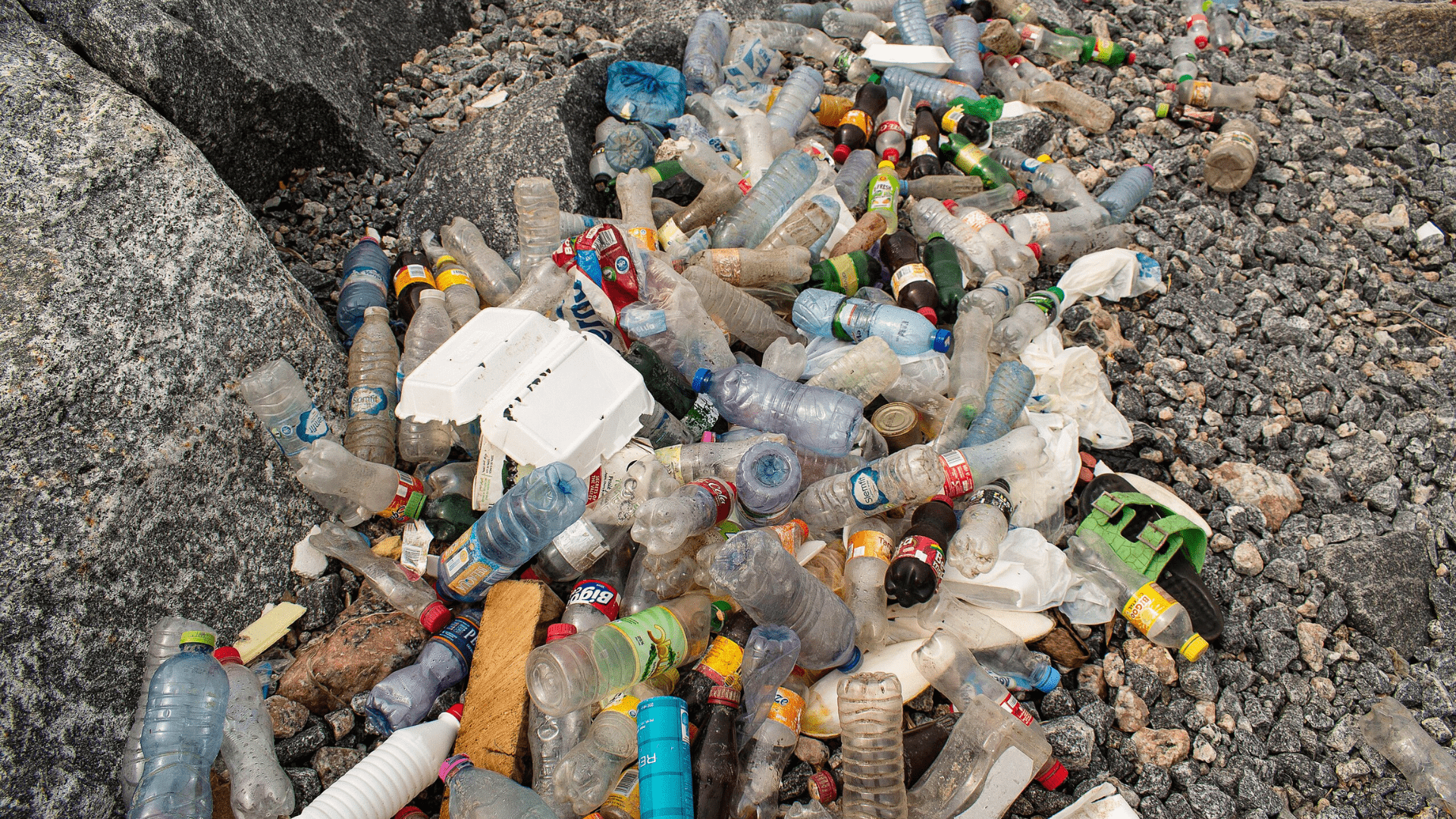
Amuzujoe/Wikimedia Commons
These creatures, inherently adept at scavenging and employing discarded snail shells as protective shelters, now confront a new reality—fighting over artificial plastic shells.
Scarcity of Snail Shells and Crab Conflicts
The scarcity of natural snail shells, a traditional refuge for hermit crabs, fuels conflicts within the crab community.
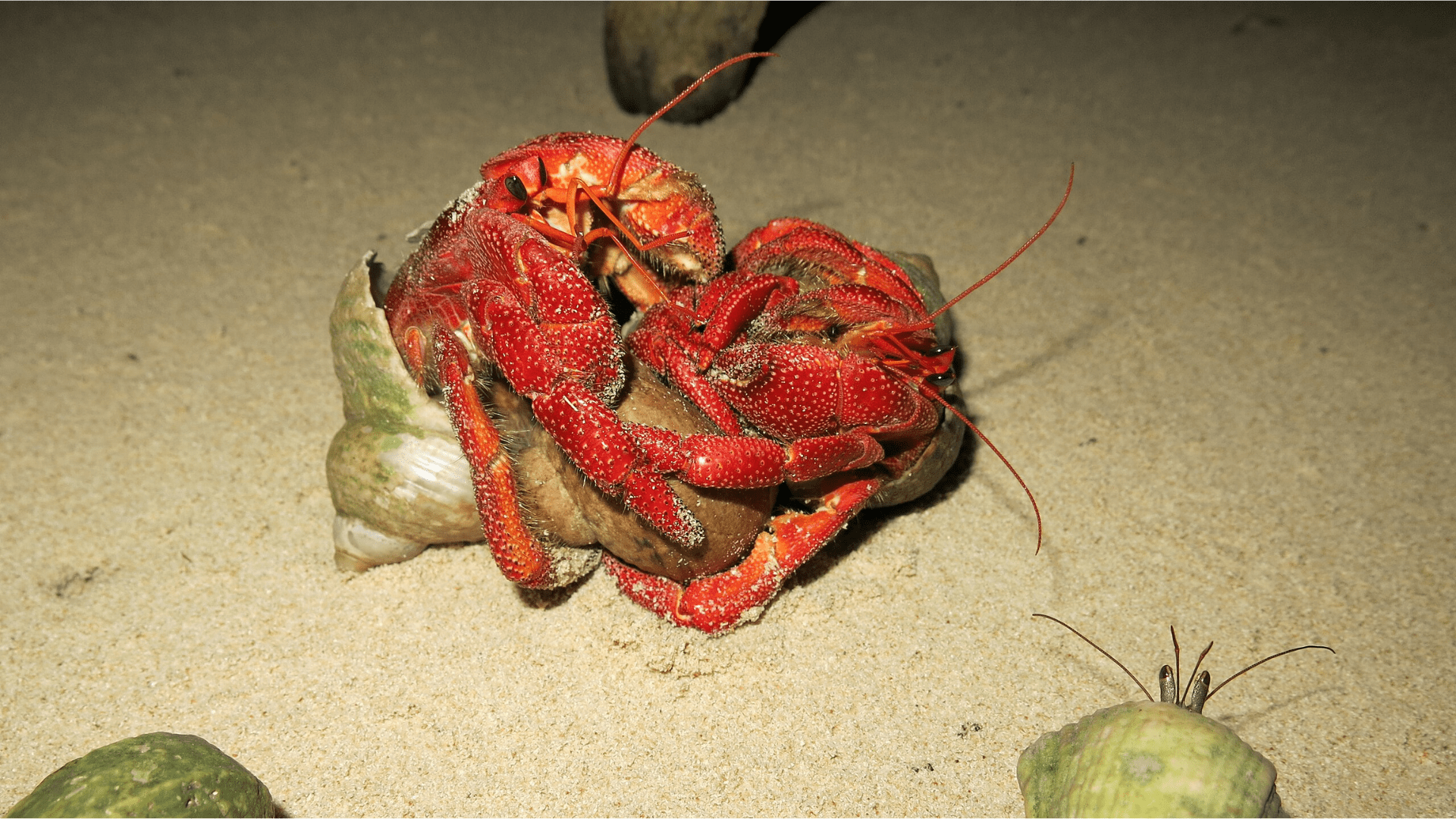
Vardhan Patankar/Wikimedia Commons
Yet, the study raises questions about the novelty factor associated with plastic adoption. Will hermit crabs vie for artificial plastic shells with the same fervor, and how might this impact their behavior and evolutionary trajectory?
Artificial Shells on the Rise?
Professor Szulkin hints at a potential shift, with natural snail shells dwindling, making it seemingly easier for crabs to find alternative, albeit artificial, shelters.
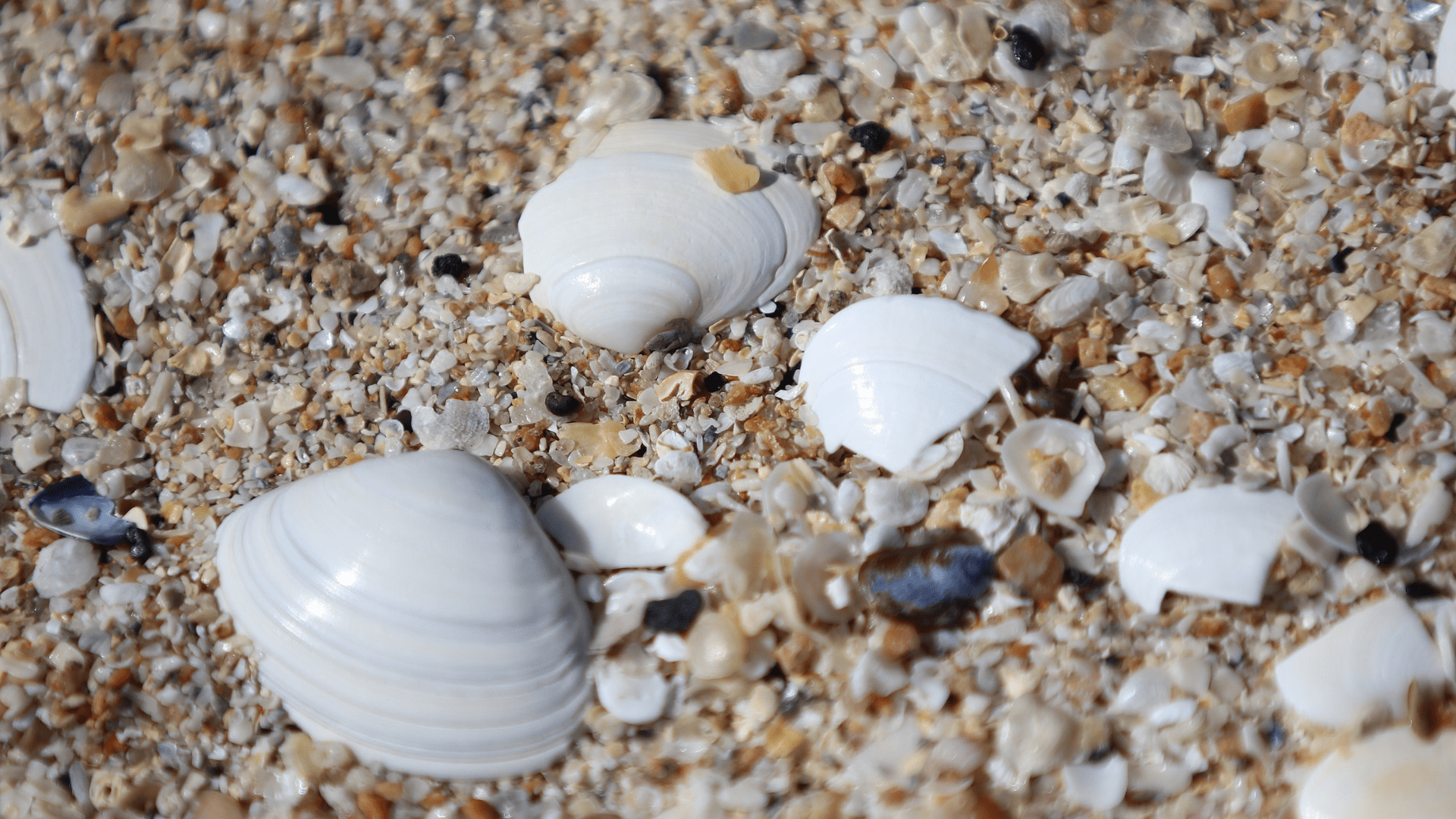
Cyr~commonswiki/Wikimedia Commons
The lighter nature of plastic ‘shells’ may even offer advantages, aiding smaller, weaker crabs in survival due to the reduced burden of carrying these shelters.
How Much Plastic is in Our Oceans?
In the broader context of marine pollution, the research aligns with the disconcerting estimates that at least 171 trillion pieces of plastic currently float in our oceans—a number that could triple by 2040 without intervention.
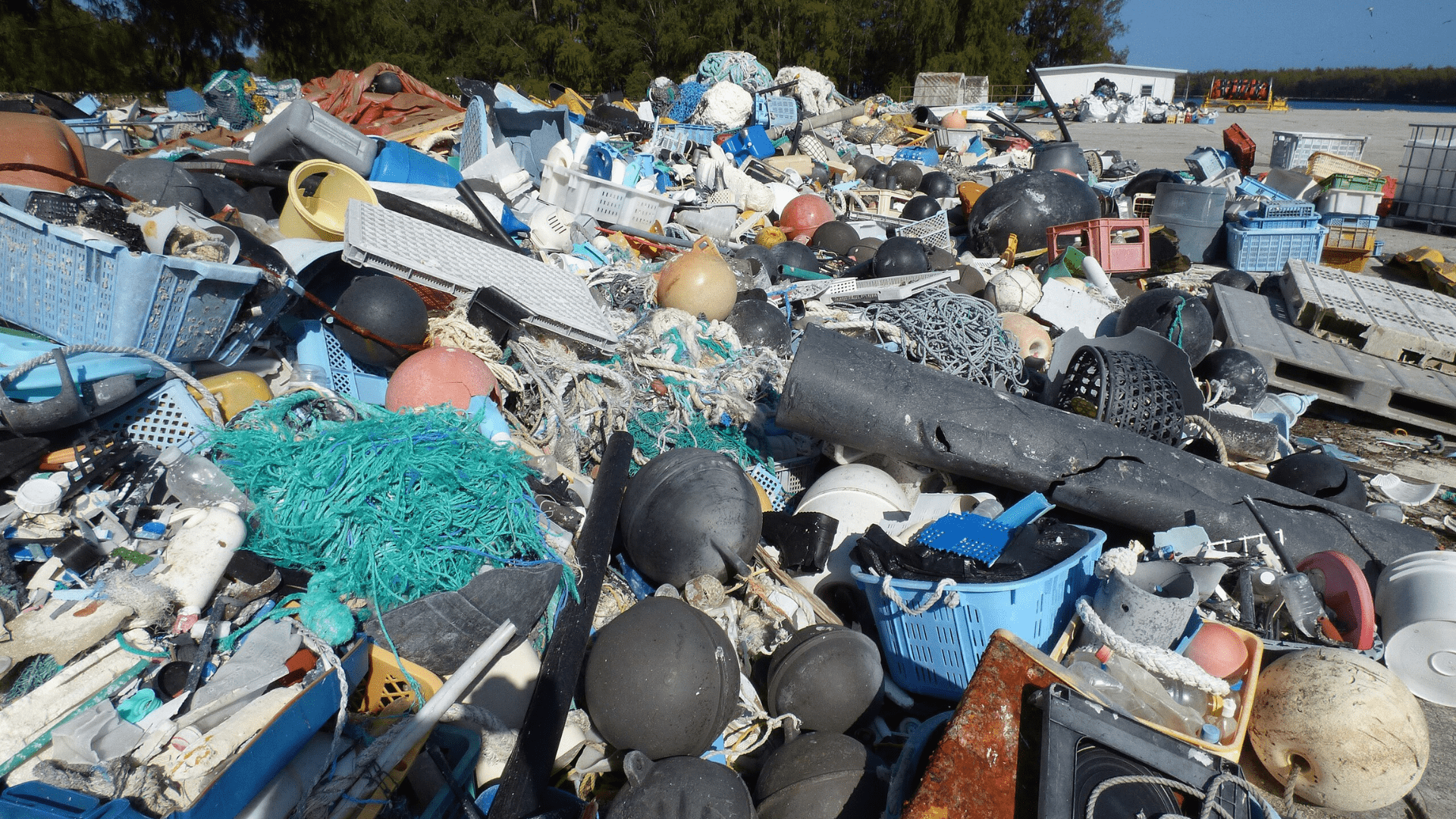
Forest and Kim Starr/Wikimedia Commons
Yet, amid these daunting statistics, the study sheds light on the adaptive resilience of hermit crabs, underscoring the pressing need for sustainable practices. The imminent possibility of a global treaty to address plastic pollution in 2024 brings a glimmer of hope, offering a potential framework to curb the escalating crisis.
We Should Emulate the Hermit Crab
Mark Miodownik, a professor of materials and society at University College London, draws a parallel between the resourcefulness of hermit crabs and the human predicament.
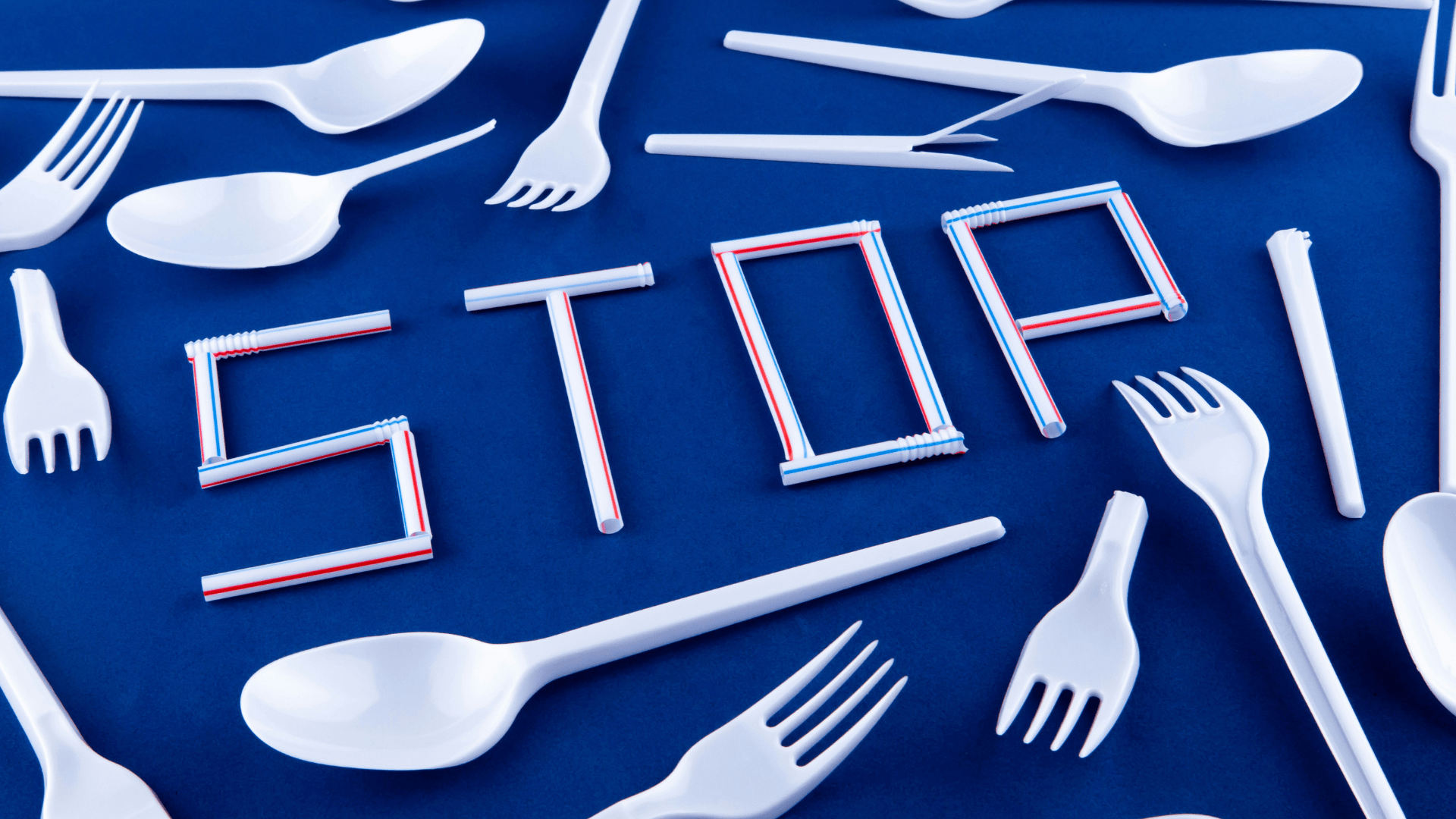
Volodymyr Hryshchenko/Unsplash
He advocates for a paradigm shift, urging humans to emulate the hermit crab’s ability to reuse plastics instead of haphazardly discarding them.
How Much Plastic Do Humans Waste?
Humans produce an estimated 380 million tons of plastic each year, with approximately half of it being generated from single-use packaging, containers, bottles, and so on.
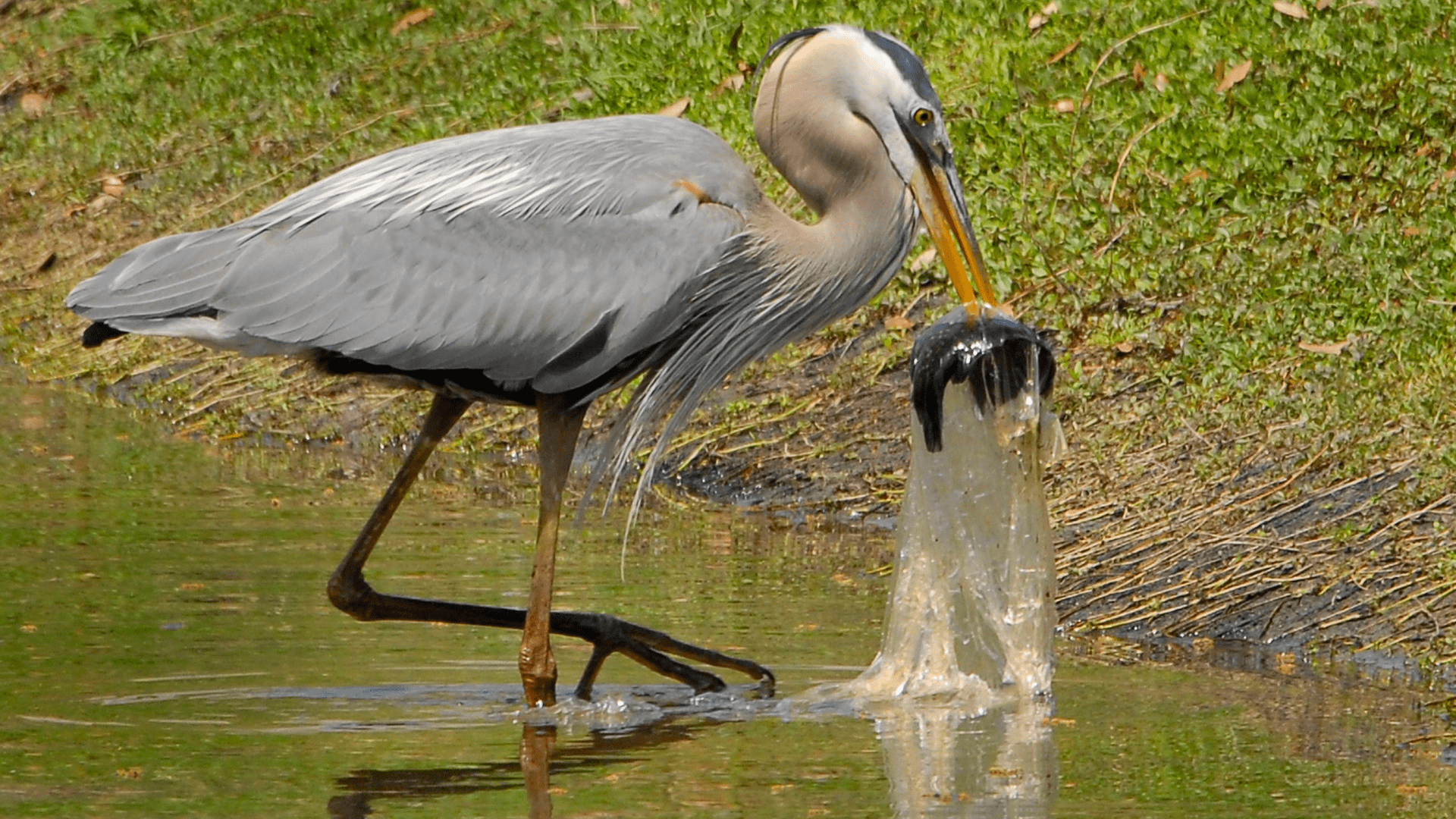
Andrea Westmoreland/Wikimedia Commons
This is a major issue since it causes the death of marine animals, creating disturbances in the natural food chain that have widespread ripple effects.
What Will Become of the Hermit Crabs?
No one is entirely certain at this point whether or not the hermit crabs’ adoption of plastic shells will have a serious negative effect or a possible positive effect on their population and survival.

Tim Mossholder/Unsplash
Their increased utilization of plastic shielding serves as a poignant reflection of the interconnectedness between human actions and the evolving narratives of the natural world.
